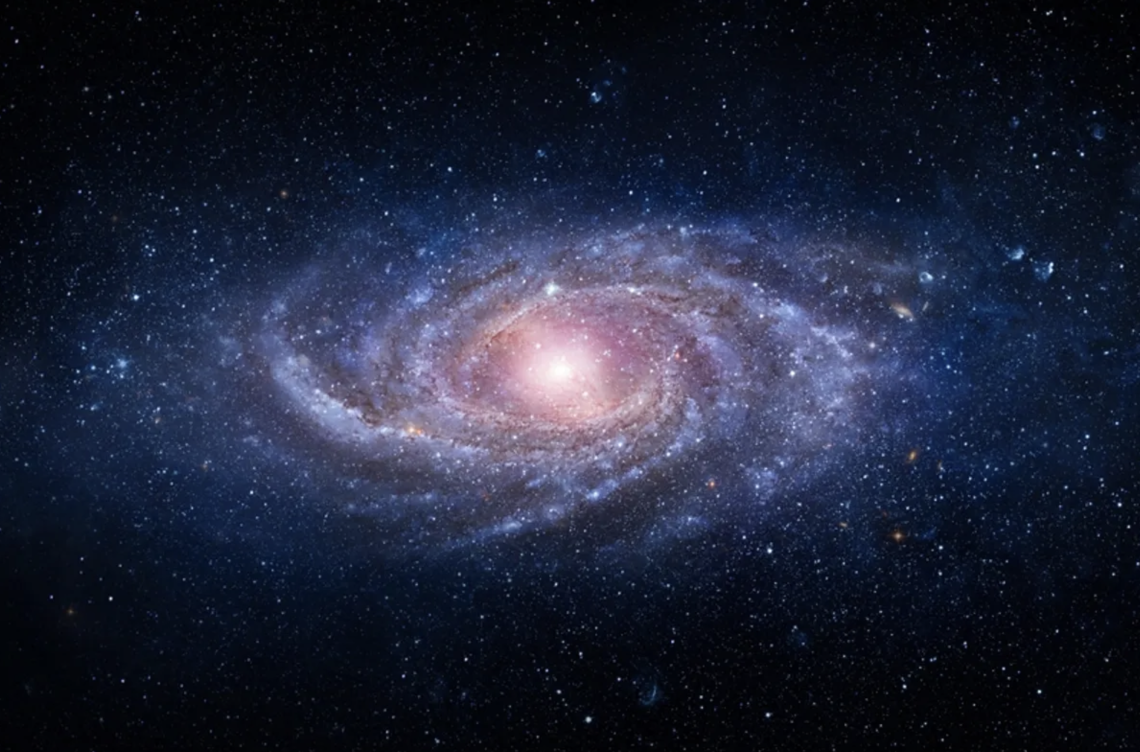How Many Stars Are in The Milky Way? More Than You Can Imagine

Astronomers believe there are about 100 billion stars in the Milky Way. This number of stars depends on various factors, but "it's not completely uncertain," said Chris Impey, University Distinguished Professor of astronomy at the University of Arizona Steward Observatory, "because the populations of stars are not different on our side of the galaxy to the other side of the galaxy. Stars behave very consistently."
Triff/Shutterstock
Key Takeaways on How Many Stars are in the Milky Way
- Astronomers believe there are about 100 billion stars in the Milky Way. But, this number of stars depends on various factors.
- To figure out how many stars are in the Milky Way, astronomers have to look beyond our galaxy and estimate the total based on what they’re able to observe outside.
- Astronomers used data from the JWST to count galaxies and estimate the total number of stars in the universe.
If you’re lucky enough to spend time where the sky is dark at night (places that, sadly, are getting harder to find), you’ve probably noticed that there are a lot of stars out there. And you may have wondered just how many.
It’s a good question, but perhaps the more interesting question is: How do astronomers know? How do they count the stars?
How Many Stars Are In the Milky Way Galaxy
Jeremy Darling is an astrophysicist at the University of Colorado Boulder’s Center for Astrophysics and Space Astronomy. He describes the process like this: It’s as if you need to count the trees in a forest, but you’re inside the forest. You can’t see all the trees, or even very many of them.
“So you have to build some idea of how big the forest is while you’re still inside it,” he says. First, you count the trees around you, the ones you can see. Then you make some assumptions about the forest. How big is the forest? Are the trees evenly distributed?
It’s the same way with our galaxy, the Milky Way, Darling explains. We can see only part of our galaxy (partly because of dust). So we look at other galaxies that we think are like ours to help us understand their structure, how uniform the stars are, and how much dust is present. Then, he says, “We project that onto our own galaxy.”
This sounds like astronomers are making a lot of assumptions. And indeed, the method does involve some uncertainty.
Looking Past the Brigher Stars
“But it’s not completely uncertain,” says Chris Impey, professor of astronomy at the University of Arizona’s Steward Observatory, “because the populations of stars are not different on our side of the galaxy to the other side of the galaxy. Stars behave very consistently.”
There’s another wrinkle, explains Darling. Some stars are brighter than others. For stars that are far away, we see the big bright ones, but not the faint ones. And, adds Impey, massive stars are very rare.
For every big star like the Sun, there are 100 red dwarfs, small stars that are relatively cool and thousands of times dimmer than the Sun. Astronomers can get away with counting just the brighter stars, says Darling, if they know the proportion of bright stars to faint stars. But, Impey warns, if they get that calculation wrong, they can be way off.
How Many Galaxies Are In The Universe?
“Counting galaxies is actually easier than counting stars,” explains Darling. “The universe is homogeneous and isotropic, which means that if you look in different directions, it looks the same.”
The counting process is pretty much what you’d expect. Astronomers select a patch of sky they’ve explored using images from the James Webb telescope (JWST), for example, and count the galaxies there. Then they calculate what fraction of the whole sky it is, and work out how many galaxies should be in the entire sky.
How Many Stars Are In The Universe?
But what if the makeup of stars in other galaxies is different from the ones we know? How would we estimate the number of stars in the entire universe? Impey says astronomers have sampled hundreds of galaxies in the nearby universe, and there’s no real sign that, for example, the ratio of big stars to smaller ones is much different than it is closer to home. On the other hand, not all galaxies are alike. If you’re counting how many stars are in the universe, not just the Milky Way, you have to know the relative number of spiral, elliptical, and dwarf galaxies.
Plus, some galaxies are bigger — and therefore brighter — than others, and there are far more dwarf galaxies than big galaxies like the Milky Way.
“In the nearby universe, you can count the dwarf galaxies pretty well,” says Impey, “but as soon as you get into the more distant universe, the individual galaxies get very faint, so you can't even see the dwarf galaxies.” So, he says, the answer to how many stars are in the universe is even more uncertain.
How Many Stars Are There?
So how many stars are there? Given all of the above, astronomers estimate that the Milky Way contains around 100 billion stars, and there are at least 100 billion galaxies in the observable universe. So how many stars are in the universe? If all the galaxies are roughly the same, then there are something like 10 sextillion stars in the universe.

